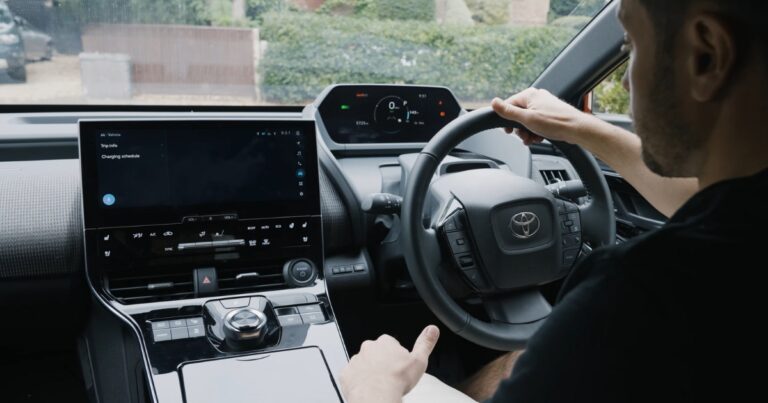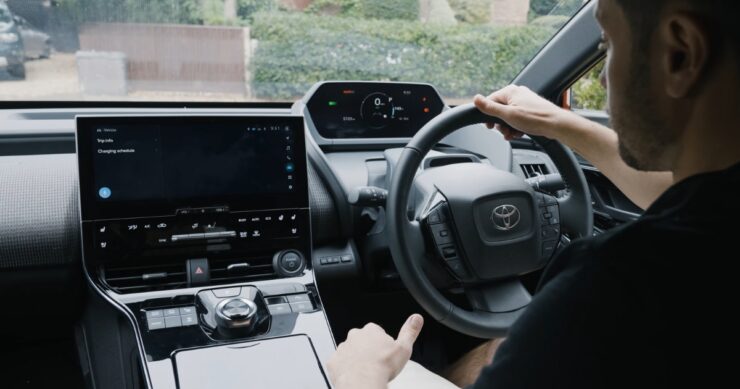Knowing how to reset oxygen sensors is very important to all vehicle owners out there. An oxygen sensor has a very crucial role in every vehicle’s exhaust system.
The oxygen sensor is one of the essential sensors in automobiles because it controls the emissions and performance of your car’s engine. Knowing how to reset this will make your job easier and can save you some money.
What is an Oxygen Sensor?
Also known as the lambda sensor, it is a type of sensor in your car’s exhaust system. It has a similarity with the spark plug when it comes to its physical features and arrangement.
The first oxygen sensor was for 1976 in Volvo 240 cars, and in the year 1980, vehicles in California are using this sensor to lower emissions.
Oxygen sensors can arrange before or after the converter; before means upstream, and the after is downstream. Cars designed after the year 1990 have upstream and downstream oxygen sensors.
What does an o2 Sensor Do? Oxygen Sensor Purpose
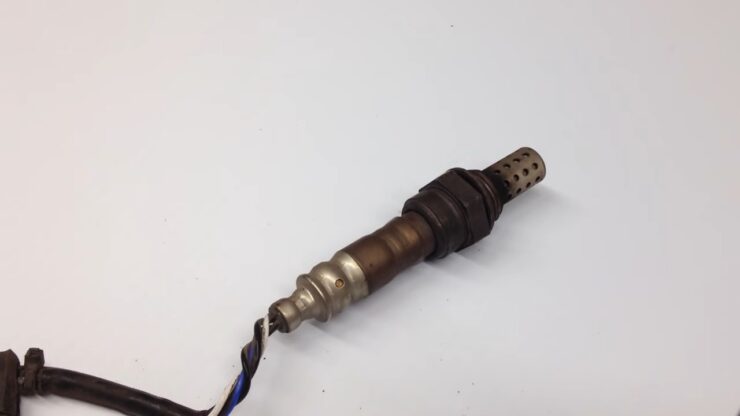
Since this sensor serves a considerable role in every automobile, it checks the exhaust amount.
It detects the quantity of oxygen discharged through the car’s exhaust system and uses that information to adjust the proper air needed for sufficient combustion.
It significantly impacts your engine, so it serves a crucial role since it connects to the car’s brain, the engine.
The o2 sensor has something to do with releasing the gasses into the atmosphere and the car’s ability to function. So, this sensor has something to do with how your vehicle will start and run.
If you see a car passing in front of you with dark gasses, the o2 sensor has something to do with it.
Features & Benefits of an Oxygen Sensor
O2 sensors’ first appearance is in the 1976 Volvo 240; in the year 1980, Californian automobiles have this for lower emissions, and in the year 1990, cars after that year have different designs.
After the year 1990, cars now have upstream and downstream o2 sensors, which means that the o2 sensors innovate as time passes by.
Benefits
The benefits of the o2 sensors are apparent; your car’s engine will perform better. It’s not only beneficial for your vehicle but also you and the environment.
Your car will have a better fuel efficiency that can save you some money in the long run. Aside from that, it dissipates less pollution, which is very important in our environment.
These benefits are working only for good oxygen sensors, so you must check them from time to time because they can damage the engine or other exhaust components that will cost you a lot for a replacement.
Features
The o2 sensor’s location is in the exhaust system. The usual place of this is near the manifold of the automobile. Inside the sensor is a zirconium dioxide element enclosed in a steel shell and has a protection tube.
Most cars have four sensors, but mostly it depends on the year, model, and automobile brand on how many sensors they have for every vehicle.
Why Do I Need to Reset the Toyota Oxygen Sensor?
We will explain why you need to reset the sensor for Toyota car owners and worry about their oxygen sensor.
A Bad O2 sensor can affect your car’s engine, and in the long run, if you ignore this problem, it can cost you a lot of time. If you sense or notice that your car runs rough or has a strong exhaust smell, maybe it’s time.
You can also have poor fuel economy, and your gas mileage will suffer because there is too much fuel sent to the car’s engine. Most of the troubles are engine pinging, rough engine idle, engine misfires, and engine trouble codes.
The engine is like the heart and brain of your car; without it, the vehicle will not function. Therefore, resetting the o2 sensor is essential to avoid having severe problems in the future.
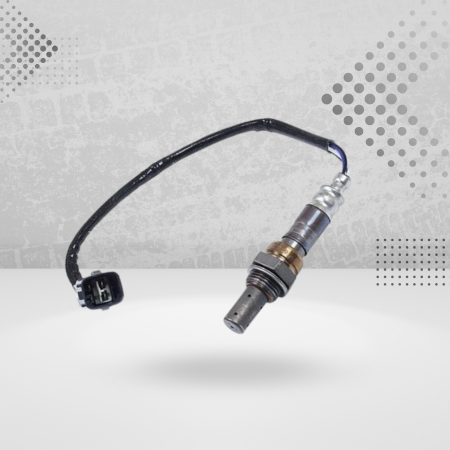
Step-by-Step Guide for How to Reset Oxygen Sensor
If you are going for a smog check, it is better to have your oxygen sensor reset. And if you don’t have the time or are out of budget to let a mechanic check your o2 sensor, we will help you reset your car’s sensor.
This cycle that I will share with you must be complete, and there will be no shortcut for it if you want to reset your O2 sensor or clear the DTC.
Step 1: Cold Engine
Since your engine is cold, start the engine for 20 seconds and gradually accelerate it and drive it with the speed of 20 mph to 25 mph for only 1 minute.
Step 2: 25 mph to 32 mph
From 25 mph after a minute, gradually increase it to 32 mph within 35 seconds, and then decelerate it to 0 mph in 10 seconds. Make it still for 40 seconds.
Step 3: 0 to 25 mph
Accelerate from 0 to 25 mph in 10 seconds, then drive at 17 mph to 25 mp for 15 seconds. Gradually accelerating from that to 57 mph in 45 seconds.
After that, drive the car from 50 mph to 56 mph for a minute and decelerate it to 0 mph within just 40 seconds. Let it rest for 15 seconds.
Step 4: 0 mph to 36 mph
From the rest, accelerate to 36 mph for 10 seconds. Maintain that limit within that second and decelerate again to 0 mph in 15 seconds. Let it rest for 5 seconds.
Step 5: 0 mph to 30 mph
From rest, accelerate it to 30 mph and back again with 0 within 30 seconds. Let it rest for 20 seconds.
Step 6: 0 mph to 36 mph
Now, accelerate it again to 36 mph and 35 mph for 20 seconds. After that, decelerate it to 0 mph in 15 seconds and let it rest for 5 seconds.
Step 7: 0 mph to 26 mph
Gradually accelerate it from rest to 26 mph and decelerate it eventually back to 0 within only 40 seconds. Please give it a rest for 15 seconds.
Step 8: 0 mph to 27 mph
After 15 seconds of rest, accelerate it to 27 mph speed in 40 seconds, and decelerate it back to 0 mph in 10 seconds. Make it idle for 25 seconds.
Step 9: 0 mph to 26 mph
From that, accelerate it again to 26 mph in just 15 seconds and maintain that specific speed for 10 seconds. Decrease the speed back to 0 mph and give it a rest for 15 seconds.
Step 10: 0 mph to 23 mph
Accelerate it again to 23 mph in 20 seconds, and decrease the speed to 0,5mph in 10 seconds. Ensure that you do not completely stop and accelerate again to 28mph, going back to 0 mph within 35 seconds.
Step 11: 0 mph to 34 mph
Vary the speed between 34 mph and 19 mph in 2 minutes. Decrease the speed from 25 mph to 0 mph in just 25 seconds and let it rest for 5 seconds. Now, accelerate again to 34 mph in just 45 seconds.
Step 12: 0 mph to 29 mph
After the 5-second rest, accelerate now to 29 mph in 15 seconds and gradually decelerate to 0 mph within 45 seconds. Let it rest now for 30 seconds.
Step 13: 0 mph to 13 mph to 27 mph
From that half-a-minute rest, gradually accelerate the car to 18 mph and go back again to 0 mph with 1 second momentary stop within the 50 seconds time frame.
After that, stop, accelerate again to 27 mph and go back to 0 mph within 55 seconds. Let the car rest for 15 seconds.
Step 14: 0 mph to 24 mph
Accelerate to 24 mph and go back to 0 mph within only 18 seconds and let it rest for 10 seconds.
Step 15: 0 mph to 22 mph
Gradually accelerate it to 22 mph and back again to 0 mph within 50 seconds and rest for 8 seconds.
1Step 16: 0 mph to 30 mph
Accelerate to 30 mph for 30 seconds and decrease the speed down to 0 mph in 10 seconds. Rest now for 25 seconds.
Step 17: 0 mph to 23 mph
Accelerate to 23 mph and go back to 0 mph within the 30 seconds time frame and rest it for 10 seconds.
Step 18: Scanner check
Repeat those steps from 1-17 and recheck the status in your scanner. The sensors should be clear after these steps.
Oxygen sensor repair costs & reset costs.
The cost of this will depend on the damage. The oxygen sensor can cost from $25 to $50, and the labor of the mechanic is from $50 to $150. Resetting is free if you have the equipment, but if not, it will cost you a minimum of $1000, including the mechanic.
DIY Guide for How to replace an oxygen sensor
If you feel that your engine is faulty, having some trouble starting, or your car is releasing unfamiliar gas, maybe it’s time for you to check and reset your oxygen sensor.
01. Scan your engine
If your “check engine” light is one, you can use a scan tool to know what is wrong with your car. All you need to do is plug the end of the cable while the engine is on.
The scanner will diagnose the car and will give you your trouble code starting from 1996. You will see if the sensors are the ones that cause why the check engine light is on.
02. Get a new o2 sensor
If you own a Toyota car, getting a new Toyota oxygen sensor is the perfect way to replace the old one. It’s simple and can quickly be done by you.
03. Locate the o2 location
Once you have everything that you need, find the oxygen sensor. The sensor’s location is in the exhaust, so to see it, you can look for the other parts connected to it.
04. Disconnect wirings
Disconnect the electrical connection with your flat head screwdriver. Pull the connector apart, and make sure that they have no connection at all anymore.
05. Remove the o2 sensor
Using your open-ended wrench, unscrew the oxygen sensor in the exhaust. It’s an easy process if you have all the tools that you need.
06. Reverse process installation
Once the sensor has no connection to the car’s engine, you can reverse how you remove it with the new sensor. Make sure that you do not over tighten the sensor.
07. Check again with the scanner
Plug the connector back in the scanner that you use.
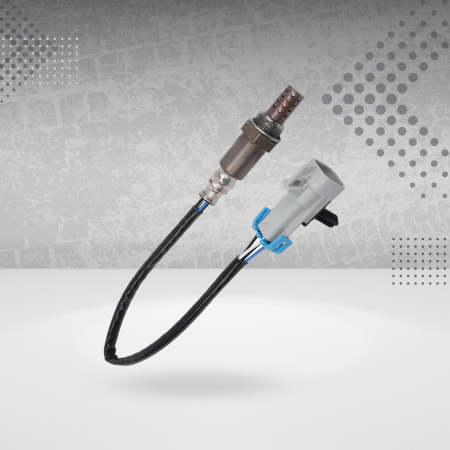
Oxygen sensor replacing cost
The replacement can cost you more compared to resetting. Replacing will require new parts that can cause $50, and the mechanic’s fee is like $50, so probably like $100 or more.
Some common problems and solutions about oxygen sensor
An internal contaminant is one problem in the oxygen sensor. If your sensor is like this, there is no hope for repair, and replacement is the only solution.
I will include a video on how you can replace your poisoned o2 sensor.
Having a problem with the sensing element is also a problem with the o2 sensor. If your scanner detects that that’s the only problem, there is no need for replacement.
You can clean your oxygen sensor, but make sure it’s not a heating problem. Here’s a helpful video on how you can clean your o2 sensor.
Tips for maintaining oxygen sensor
Always check your oxygen sensor from time to time as it has a massive role in your car engine.
Here are the tips for maintaining the o2 sensor
- Remove
- Inspect
- Clean
- Reinstall
- Scan again
Frequently Asked Questions
How much to replace the o2 sensors?
The cost of replacing an oxygen (O2) sensor can vary depending on several factors, such as the make and model of the vehicle, the location of the sensor, and the labor costs at the repair shop. On average, the cost of replacing a single O2 sensor can range from $100 to $300, including parts and labor.
However, if multiple sensors need to be replaced, the cost can increase significantly. Some high-end vehicles may have multiple O2 sensors, which can make the cost of replacement even higher.
How to reset the computer after changing the o2 sensor?
- Open the fuse panel in the driver side foot using your finger and locate the fuse for the computer.
- Pull it using the fuse puller in the fuse panel.
- Turn the ignition on without cranking the engine and wait for five minutes and reinsert the fuse.
How many oxygen sensors does a particular vehicle have?
The number of oxygen sensors in a particular vehicle can vary depending on the make and model of the vehicle, as well as the year and engine type. However, most vehicles will have at least one oxygen sensor, while some vehicles may have up to four or more sensors.
In general, older vehicles with simpler engine designs may only have one oxygen sensor, while newer vehicles with more advanced engine management systems may have multiple sensors. Additionally, vehicles with multiple exhaust pipes or catalytic converters may have multiple oxygen sensors to monitor the air-fuel ratio and emissions from each exhaust stream.
How can I test an oxygen sensor?
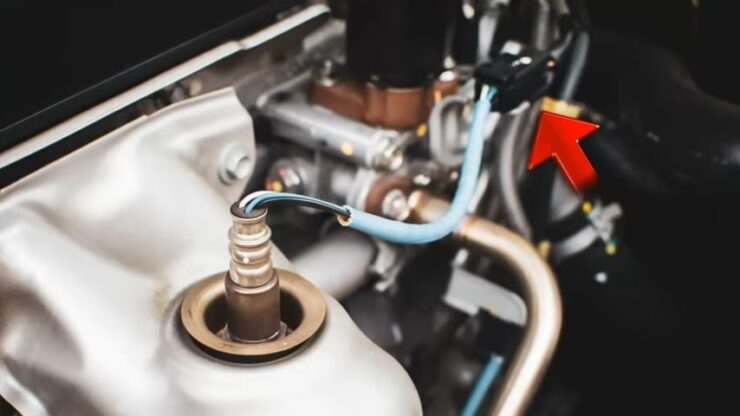
Testing an oxygen sensor involves using a digital multimeter or a dedicated O2 sensor tester to measure the sensor’s voltage output. Here are the steps to test an oxygen sensor:
- Locate the oxygen sensor: The oxygen sensor is typically located in the exhaust system, either upstream (before the catalytic converter) or downstream (after the catalytic converter) depending on the vehicle.
- Warm up the engine: Start the engine and let it warm up for a few minutes to reach normal operating temperature.
- Connect the multimeter or O2 sensor tester: Connect the positive lead of the multimeter or tester to the signal wire of the oxygen sensor, and the negative lead to a ground source. If you are using a dedicated O2 sensor tester, follow the manufacturer’s instructions for connecting the tool to the sensor.
- Observe the voltage output: With the engine idling, observe the voltage output of the oxygen sensor on the multimeter or tester. The voltage output should fluctuate between 0.1 and 0.9 volts, with a frequency of around one cycle per second. If the voltage output remains steady or does not fluctuate, the sensor may be faulty.
- Increase the engine speed: Increase the engine speed to around 2,500 RPM and observe the voltage output again. The voltage should fluctuate more rapidly than at idle, with a frequency of several cycles per second. If the voltage output does not change significantly, the sensor may be faulty.
- Repeat the test with a new sensor: If the voltage output does not meet these specifications, it may be necessary to replace the oxygen sensor. To confirm that the sensor is faulty, you can repeat the test with a new sensor and compare the results.
What are the symptoms of a failing oxygen sensor?
Look out for these symptoms as you might be experiencing a failing oxygen sensor.
- Poor gas mileage
- Engine light on
- Misfiring engine
Conclusion
Knowing how to reset oxygen sensors is very important for all car owners out there. This information can help you in the future troubles of your car.
Failing o2 sensors is natural since you will use the car for a long time, and it is better to have advanced knowledge to be ready in the future.






